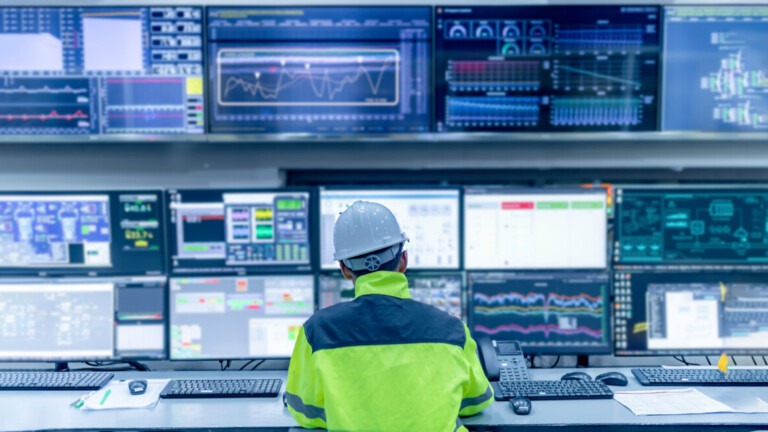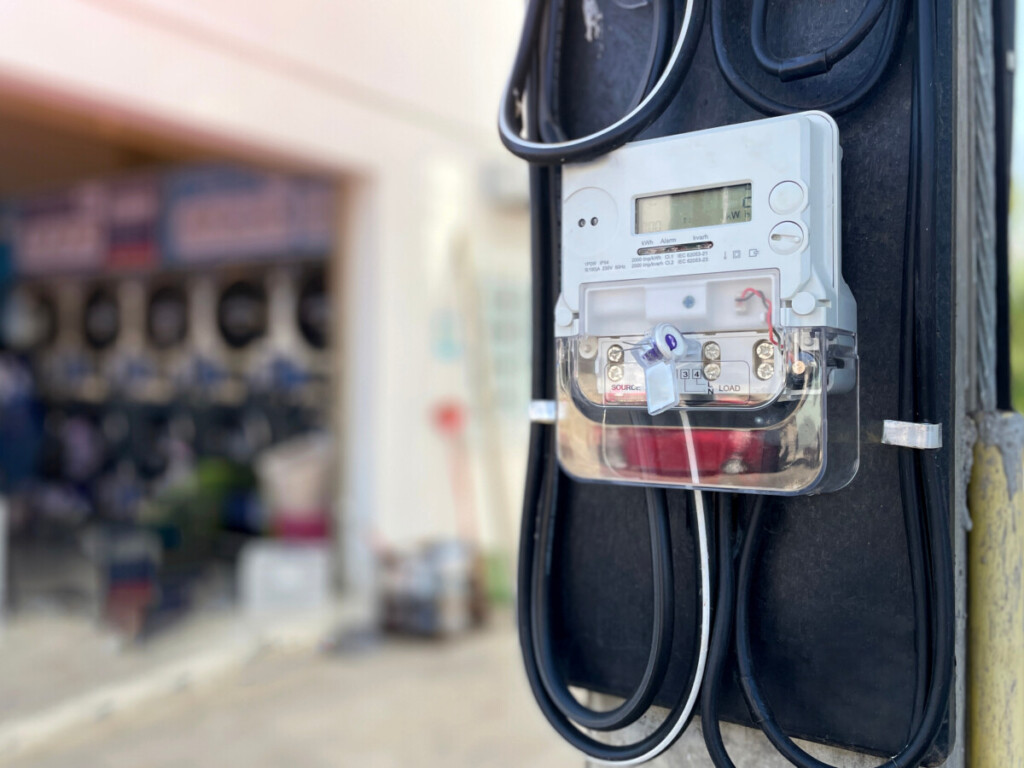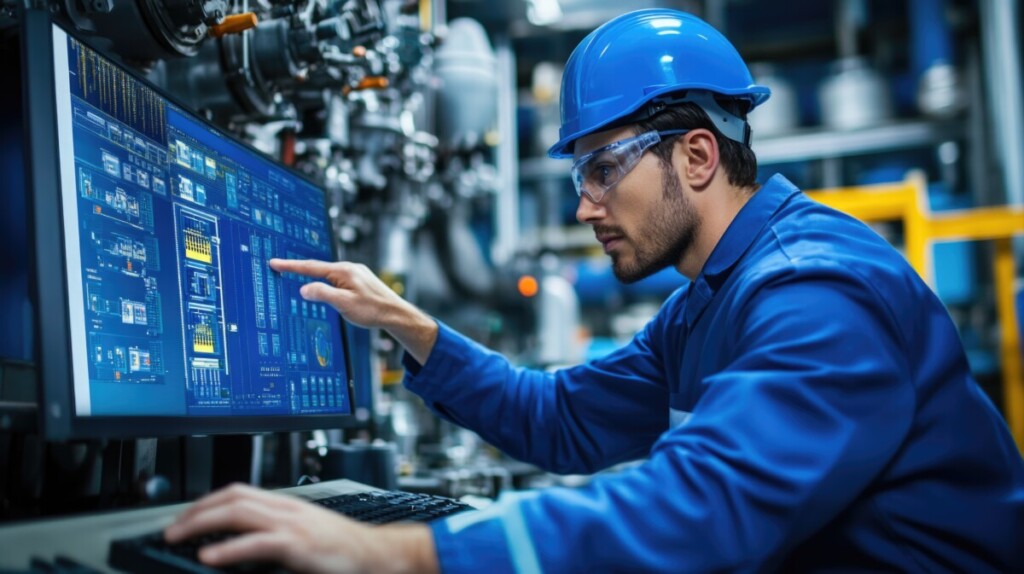What Is a DER Monitor — and Why Connectivity Is the Key to Making It Work

As more homes and businesses seek a future built with clean energy, the ways in which we generate and use power are constantly changing. From solar panels on rooftops, to home battery backups in garages, to EV chargers in driveways, modern energy systems are creating a more decentralized, dynamic grid.
With that decentralization comes complexity, which is where DER monitors step in. These small but capable devices give grid operators and energy companies the visibility and control they need to keep everything working smoothly.
What Is a DER Monitor?
A DER, or Distributed Energy Resources monitor, is a device (or sometimes a full software system) designed to keep an eye on energy generation and storage technologies. These energy assets don’t live in big, centralized power plants, but rather at the “grid edge,” often behind the utility meter on customer property.
You’ll find DERs everywhere today, including:
- Rooftop solar panels
- Home or commercial battery storage
- EV chargers
- Small-scale wind turbines
- Combined heat and power (CHP) systems
These local resources have the potential to transform how we power our homes and businesses – but managing them at scale requires eyes and ears in the field. DER monitors help to simplify this process, serving as a critical component in the wider advanced metering infrastructure (AMI 2.0) ecosystem that is evolving to meet the demands of the future.

What Does a DER Monitor Do?
At a high level, a DER monitor acts as a translator between energy assets and the grid. It measures DER performance in real time, with some models being able to react to certain conditions, either autonomously or through a command from the cloud or utility.
Typically, a DER monitor will perform the following tasks:
- Measure Performance: Track how much energy is being generated, consumed, stored, or sent back to the grid.
- Monitor Equipment: Continuously check system health (i.e. battery charge levels, voltage swings, power quality, and more).
- Report: Send real-time or high-frequency data to utilities, aggregators, or energy management systems.
- Control (in some cases): Enable two-way interaction with assets, such as turning down solar output or adjusting battery behavior to support the grid.
Though their primary function is to monitor, it will depend on how it’s designed and how it is integrated into the broader energy system. The role of a DER monitor can range from purely observational to actively participatory. Connected DERs can act as the “nervous system” of an energy deployment: sometimes, they just report, sometimes, they reflexively act, and sometimes, they pass instructions from the brain (the grid operator) to the muscle (the DER).
Here’s a breakdown of how DER monitors help balance supply and demand in near real time, and whether they’re monitoring, regulating, or both:
1. Monitoring-Only DER Devices (Most Common Today)
In most cases, DER monitors serve a purely observational role. They measure real-time energy flows, such as how much solar energy is being produced, how much power a battery is storing, or how much load an EV charger pulls. The monitor will transmit that data to utilities, aggregators, or energy platforms. These devices don’t control anything themselves. Instead, they give operators the situational awareness needed to make smart decisions elsewhere on the grid. For example, if a utility sees a neighborhood oversupplying power back to the grid, it can take corrective action in another area to compensate. The monitor doesn’t take direct action, but it plays a critical role by providing the data that enables grid stability.
2. Monitors with Local or Passive Control Capabilities
Some DER monitors go a step further by enabling limited local control. These are often integrated with or attached to devices like smart inverters or battery systems that follow preprogrammed rules. For example, if a voltage spike is detected, the monitor can work with a connected inverter to automatically reduce output in response without the need to wait for a signal from the utility. This type of local control helps support grid stability in real time, especially in areas with high DER penetration. While the monitor isn’t acting as the decision-maker, it can trigger automated responses based on edge logic or regulatory requirements.
3. Monitors That Enable Full Remote Control
In more advanced systems, DER monitors act as a secure gateway for grid operators or aggregators to control assets remotely. These monitors are connected to controllable DERs like batteries, solar systems, or EV chargers, and they serve as the communication bridge between the utility’s cloud platform and the customer’s equipment. For instance, during a grid emergency or demand response event, the utility might send a command to reduce solar output or discharge stored energy from a battery. The DER monitor doesn’t just report data, it helps execute real-time decisions, enabling DERs to function as fully integrated grid assets.

Why Does This Matter?
Modern power grids were built for one-way flow: i.e., power generated from large plants being transferred into homes. With DERs, however, that flow is now two-way, somewhat unpredictable, and happening in millions of small bursts. Without visibility into the power being used, utility companies would be flying blind.
DER monitors give grid operators the real-time data and control they need to manage that complexity and keep power reliable, especially in areas with high adoption of solar, battery backups, and EVs.
Specifically, DER monitors help:
- Balance supply and demand in near real time
- Prevent overloads by identifying local congestion or reverse power flows
- Enable grid services through programs like demand response or virtual power plants (VPPs), where DERs act as flexible grid assets
In short: a DER monitor helps distributed energy work with the grid, not against it.
Why Connectivity Is Critical For a Connected DER Monitor
All of these capabilities (measuring, reporting, controlling) rely on one foundational layer: connectivity.
Without a secure, reliable connection between the DER monitor and the cloud or utility backend, the device is just a box with blinking lights. Connectivity ensures the data gets where it needs to go fast and consistently and that devices can receive updates, instructions, or patches without a technician on site.
Here’s why smart, scalable connectivity is make-or-break for DER monitoring:
1. Real-Time Performance Monitoring
DER monitors often track data on a second-by-second basis. If connectivity is weak or intermittent, you can lose visibility when it matters most, such as during grid stress, high solar output, or an outage. A stable connection can ensure continuous insight into DER performance.
2. Control at the Edge
In demand-response events or peak periods, grid operators may need to send control signals to DERs in the field. Low-latency, bidirectional connectivity allows DER monitors to execute those commands instantly, reducing load or adjusting behavior in ways that prevent larger disruptions.
3. Scalability and Coverage
DER devices are deployed everywhere from urban high-rises to rural properties and remote industrial facilities. Multicarrier cellular connectivity ensures each device connects to the best available network wherever it may be, without the need for manual provisioning or site-specific network planning.
4. Security
DER data isn’t just sensitive, it’s operationally critical. A strong connectivity solution includes features like encrypted tunnels, secure credential management, and private networking options. Soracom Krypton, for example, lets manufacturers securely deliver device credentials at first boot, while Virtual Private Gateways create encrypted, isolated paths between the device and the utility cloud.
5. Remote Access and Troubleshooting
Not every DER monitor needs to be online 24/7, but when you need to access it, you must do so securely and without a site visit. Tools like Soracom Napter provide on-demand remote access to devices (via SSH), while Soracom Peek enables real-time packet capture to troubleshoot connectivity or protocol issues. With Soracom’s Downlink API, meanwhile, you can even trigger actions on a device by sending an SSH or HTML command or message to a specific port over a secure, managed connection from a remote application.

A DER Monitor can be Make or Break
DER monitors are a crucial enabler of a more distributed, flexible, and resilient future. But their impact depends entirely on how reliably and securely they can communicate.
If you’re building or deploying DER monitors, you can’t afford to treat connectivity as an afterthought. It needs to be built into your product strategy, with the flexibility to support diverse deployment environments, the tools to manage devices at scale, and the security that both utilities and customers expect.
Connectivity isn’t just how a DER monitor works — it’s how it delivers value.
Want help building a connectivity strategy for your next-generation energy product? Whether you’re scaling from a field trial to full deployment or exploring secure onboarding and remote support tools, we’d be happy to discuss what’s possible.






